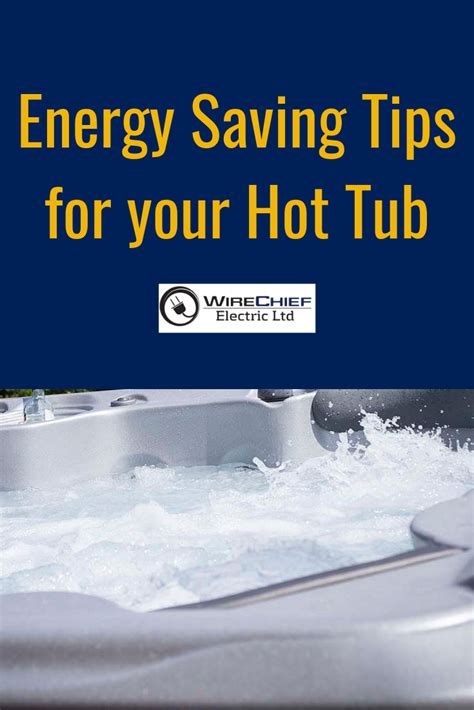Hot Tub Energy Savings: Practical Tips for Lowering Your Costs
Owning a hot tub offers unparalleled relaxation and therapeutic benefits. However, the significant energy consumption can be a concern. This article delves into practical strategies to significantly reduce your hot tub's energy footprint and save money on your utility bills without sacrificing your soak time. We'll address common questions and concerns to ensure you get the most out of your hot tub while minimizing its environmental impact.
How Much Does it Cost to Run a Hot Tub?
This is a frequently asked question, and the answer varies considerably. Factors influencing hot tub running costs include:
- Hot tub size and type: Larger hot tubs naturally require more energy to heat and maintain temperature. Different insulation levels also impact energy efficiency.
- Water temperature: Maintaining a higher temperature demands significantly more energy.
- Ambient temperature: Colder climates necessitate more energy to compensate for heat loss.
- Frequency of use: More frequent use means the heater runs more often.
- Energy prices: Your local electricity rates directly impact the cost.
Estimating your specific costs requires considering these factors and using an online hot tub energy cost calculator or consulting your energy provider.
How Can I Reduce My Hot Tub's Energy Consumption?
Lowering your hot tub's energy consumption is achievable with a combination of proactive measures.
1. Invest in a Well-Insulated Cover:
A high-quality, properly fitted hot tub cover is paramount. It significantly reduces heat loss, the largest contributor to energy consumption. Look for covers with thick insulation (at least 4 inches) and a tight seal. Consider a cover lifter for easy access and to prevent unnecessary cover removal.
2. Optimize Water Temperature:
Lowering your water temperature by even a few degrees can make a substantial difference. Many people find that temperatures in the 98-102°F range provide ample comfort without the extreme energy demands of higher temperatures.
3. Use a Timer or Programmable Control System:
Program your hot tub to heat only during off-peak hours when electricity rates are lower. Many modern hot tubs offer built-in timers or programmable control systems, allowing you to customize heating schedules.
4. Regularly Check and Maintain the Water Chemistry:
Proper water chemistry prevents scaling and mineral build-up on heating elements, which reduces their efficiency. Regular testing and balancing of chemicals extend the life of your heater and minimize energy waste.
5. Consider a Solar Cover:
A solar cover, used in conjunction with your insulated cover, can further minimize heat loss. These covers float on the surface and trap the sun's heat, reducing the load on your heater.
6. Minimize Water Loss:
Regularly check for and repair leaks to prevent unnecessary water loss and the subsequent need for reheating.
7. Choose an Energy-Efficient Hot Tub:
When purchasing a new hot tub, consider energy efficiency ratings and features such as better insulation and advanced heating systems.
What are the Best Energy-Efficient Hot Tubs?
The "best" energy-efficient hot tub depends on your specific needs and budget. However, look for models with features like:
- High-quality insulation: Check for thick insulation in the cabinet and shell.
- Energy-efficient pumps and heaters: Look for pumps with variable speed options and heaters with advanced temperature control.
- Full-foam insulation: This type of insulation provides superior heat retention compared to other methods.
- Energy Star certification: While not yet widely available for hot tubs, this rating indicates a higher level of energy efficiency.
Does My Hot Tub Size Affect Energy Costs?
Yes, absolutely. Larger hot tubs hold more water, requiring more energy to heat and maintain temperature. A smaller hot tub will generally be more energy-efficient.
How Often Should I Change My Hot Tub Water?
The frequency of water changes depends on usage and water chemistry. Generally, changing the water every 3-4 months, or more frequently if needed, helps maintain water quality and prevents scaling which can impact heater efficiency.
By implementing these practical energy-saving tips, you can significantly reduce your hot tub's energy consumption and enjoy your relaxation time without the guilt of high energy bills. Remember, even small changes can make a substantial difference in the long run.

